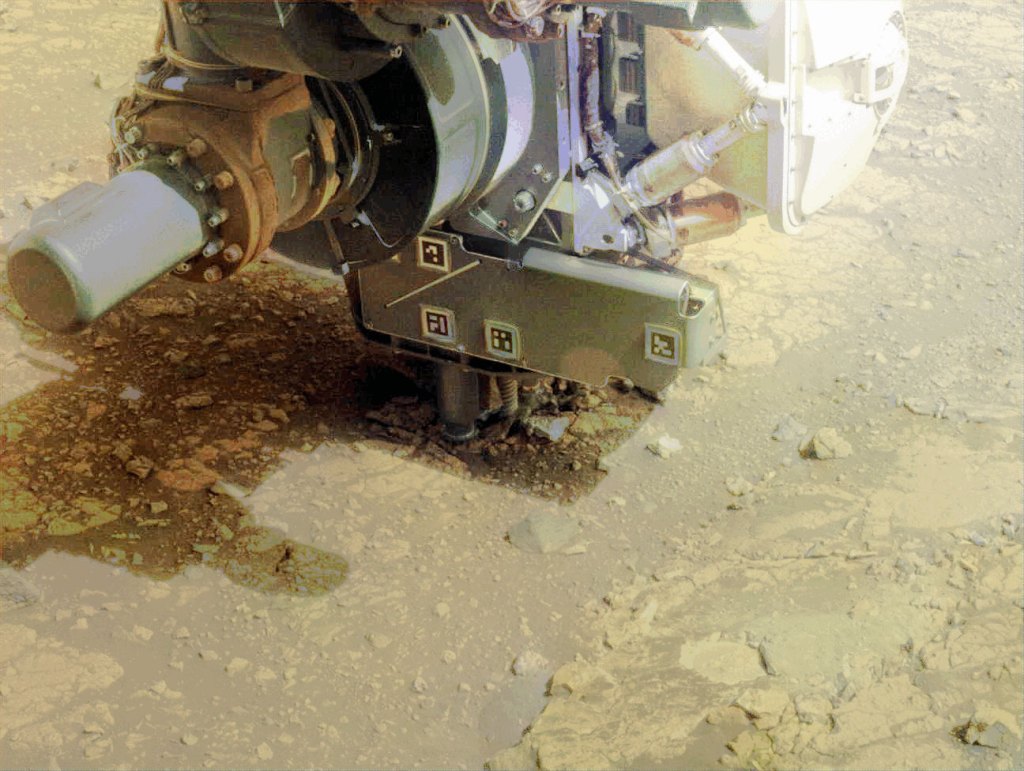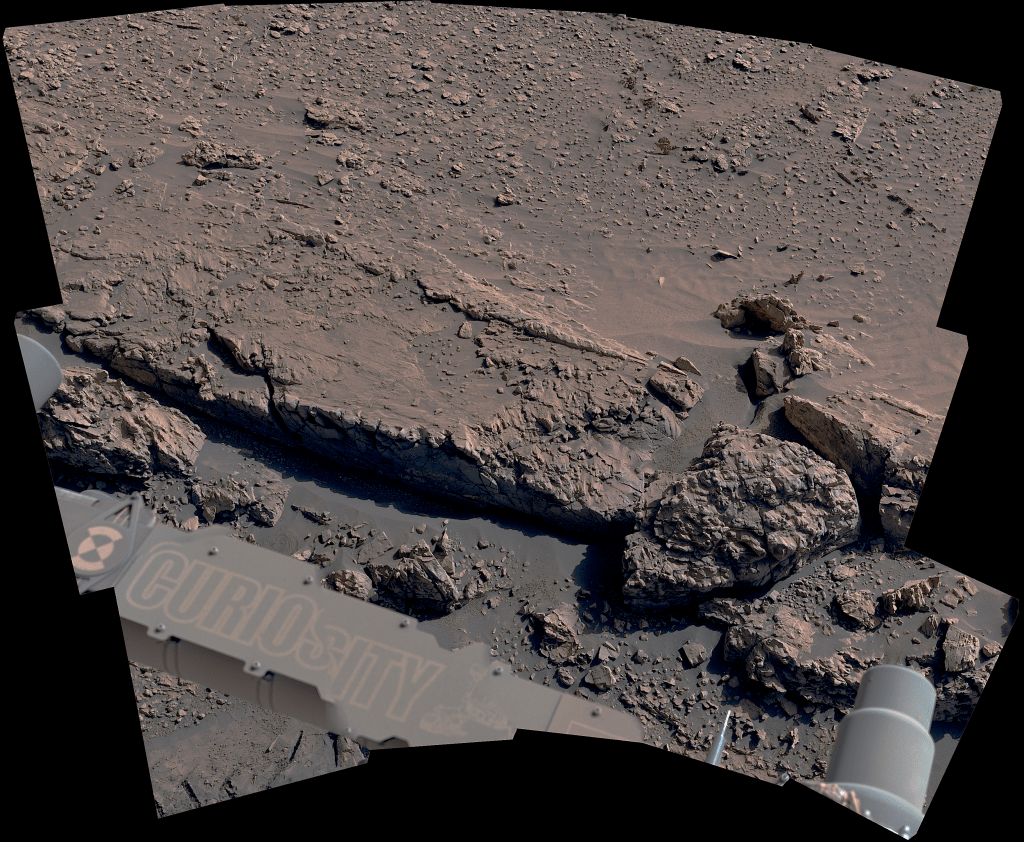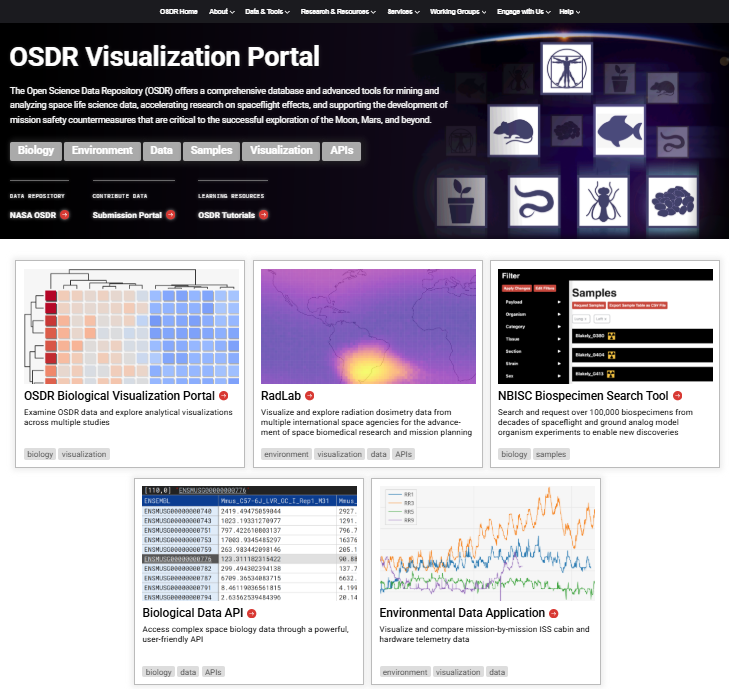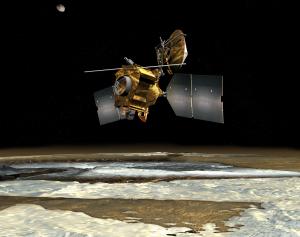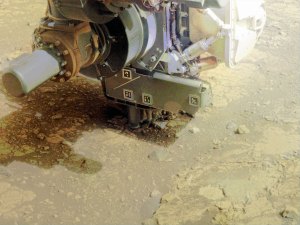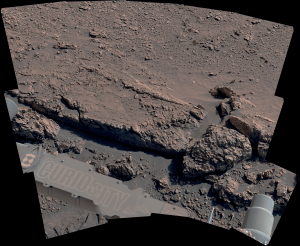Cassini is currently orbiting Saturn with a 28-day period in a plane inclined 0.3 degree from the planet's equatorial plane. The most recent spacecraft tracking and telemetry data were obtained on April 7 using one of the 34-meter diameter Deep Space Network (DSN) stations in Spain.
Cassini is currently orbiting Saturn with a 28-day period in a plane inclined 0.3 degree from the planet's equatorial plane. The most recent spacecraft tracking and telemetry data were obtained on April 7 using one of the 34-meter diameter Deep Space Network (DSN) stations in Spain. The spacecraft continues to be in an excellent state of health with all of its subsystems operating normally except for the instrument issues described at http://saturn.jpl.nasa.gov/news/significantevents/anomalies .
The 10-week S88 sequence of commands stored in Cassini's memory orchestrated all of the spacecraft's activities this week. At JPL, work proceeded on the S89 sequence, which will go on board late this month, and on the S90 sequence that will take over in July. Planning work included activities for the November 2016 start of Cassini's F-ring orbits and Cassini's 2017 Grand Finale (aka the proximal orbits). Planners also engaged the science teams, engineering teams, and management, focusing on the final activities that will be needed in the S101 sequence. The intent is to maximize the highest-value scientific data return during the last few minutes of the finale on Sept. 15, 2017, when the spacecraft begins its plunge into Saturn's atmosphere at meteoric speed.
Wednesday, April 1 (DOY 091)
After the Composite Infrared Spectrometer (CIRS) finished performing an eight-hour calibration using Iapetus as its target, the Imaging Science Subsystem (ISS) took images of the two-tone world for 10 hours, while CIRS, the Visible and Infrared Mapping Spectrometer (VIMS), and the Ultraviolet Imaging Spectrograph (UVIS) rode along. Next, during a session with the Deep Space Network, one of the 34-meter diameter stations in Spain provided X-band (8 GHz) support that included two-way digital communications, along with coherent tracking for navigation. In addition, Cassini's Ka-band (32 GHz) transmitter was on and operating so that the Radio Science team could use it for DSN station calibrations at that frequency.
Thursday, April 2 (DOY 092)
ISS began controlling spacecraft's pointing for 38 hours to track and observe Saturn's irregular moon Paaliaq, with VIMS also taking data while riding along. Named for a giant in Inuit mythology, this object occupies a highly inclined, highly eccentric orbit that reaches as far as 15.2 million kilometers from the planet. It has a very dark surface and is about 20 kilometers in diameter.
Friday, April 3 (DOY 093)
Cassini's Attitude and Articulation Control System (AACS) carried out an engineering maneuver that is normally programmed to occur once every several days (though infrequently reported in these notes). The Reaction Wheel Assembly (RWA) Bias maneuver switched control authority from the spacecraft's electrically powered reaction wheels to its set of hydrazine-fed monopropellant rocket thrusters. While thrusters held the spacecraft's attitude steady, the three RWAs were driven to pre-determined rotational speeds, shedding unneeded angular momentum and preparing for the next several days of spacecraft twists and turns. AACS then switched thruster control off, and the wheels resumed their usual fine-scale control of spacecraft pointing to carry out science activities and DSN communications.
Saturday, April 4 (DOY 094)
ISS, CIRS and VIMS carried out a 90-minute observation in the Titan monitoring campaign while the target was 1.5 million kilometers away. Next, ISS turned to Saturn for a two-minute storm-watch observation. As soon as this was complete, ISS spent one hour looking near Saturn for small objects, with VIMS riding along, as part of the satellite orbit campaign. Still controlling pointing, ISS and VIMS then observed Saturn's 1,123 kilometer diameter satellite Dione for an hour while it transited across the face of the slightly smaller moon Tethys in the background (observations like this are now possible again since Cassini's orbit is back in the equatorial plane). Finally, VIMS and ISS began a study of Saturn's vast, sparse E ring and its dusty G ring that would last 24 hours.
Sunday, April 5 (DOY 095)
ISS, CIRS and VIMS monitored Titan for another 90 minutes; its distance had hardly changed since the previous day's observation. Next, ISS performed another satellite orbit campaign observation; this took one hour, while VIMS rode along. Both before and after this pair of observations, ISS took storm-watch images on Saturn, two minutes each time; this whole set of observations was repeated on the following day.
NASA's Astronomy Picture of the Day featured an image that Cassini acquired a decade ago, during summertime in Saturn's southern hemisphere. Exquisite shadows of the semi-transparent A ring, the dense B ring, and the stranded C ring are projected into the planet's northern haze, and the moon Tethys, about one-third the size of Earth's Moon, is captured at a point in its 1.89-day orbit:
http://apod.nasa.gov/apod/ap150405.html .
Monday, April 6 (DOY 096)
The Cosmic Dust Analyzer (CDA) began a 28-hour observation of dust that orbits Saturn in the retrograde direction.
Iapetus is the subject of a natural-color image featured today. This is one of the many images and spectral studies acquired last week, when Cassini came within one million kilometers of the enigmatic object. The body's rotation is gravitationally locked to always face Saturn, just as our Moon faces Earth. The hemisphere that faces forward as Iapetus orbits Saturn, once every 79.3 days, is covered with dark material. The fresh image may be found here:
/resources/16177 .
Tuesday, April 7 (DOY 097)
Today Cassini performed a Titan monitoring observation and then a satellite orbit observation similar to Sunday's pair. Titan was 1.7 million kilometers away.
A news feature released today reports on the diverse places, including at least two of Saturn's moons, where liquid water is being found in our solar system and the "solar" systems of other stars:
http://saturn.jpl.nasa.gov/news/cassinifeatures/feature20150407 .
During the past week, the DSN communicated with and tracked Cassini on five occasions, using stations in Australia and Spain. A total of 137 individual commands were uplinked, and about 1,054 megabytes of telemetry data were downlinked and captured at rates as high as 142,201 bits per second.
This illustration shows Cassini's position on April 7:
https://space.jpl.nasa.gov/cgi-bin/wspace?tbody=-82&vbody=1001&month=4&day=7&year=2015&hour=23&minute=55&fovmul=1&rfov=40&bfov=30&brite=1&showsc=1&showac=1 .
Milestones spanning the whole orbital tour are listed here: http://saturn.jpl.nasa.gov/mission/saturntourdates .
Information on the present position and speed of the Cassini spacecraft may be found on the "Present Position" page at:
http://saturn.jpl.nasa.gov/mission/presentposition/ .











